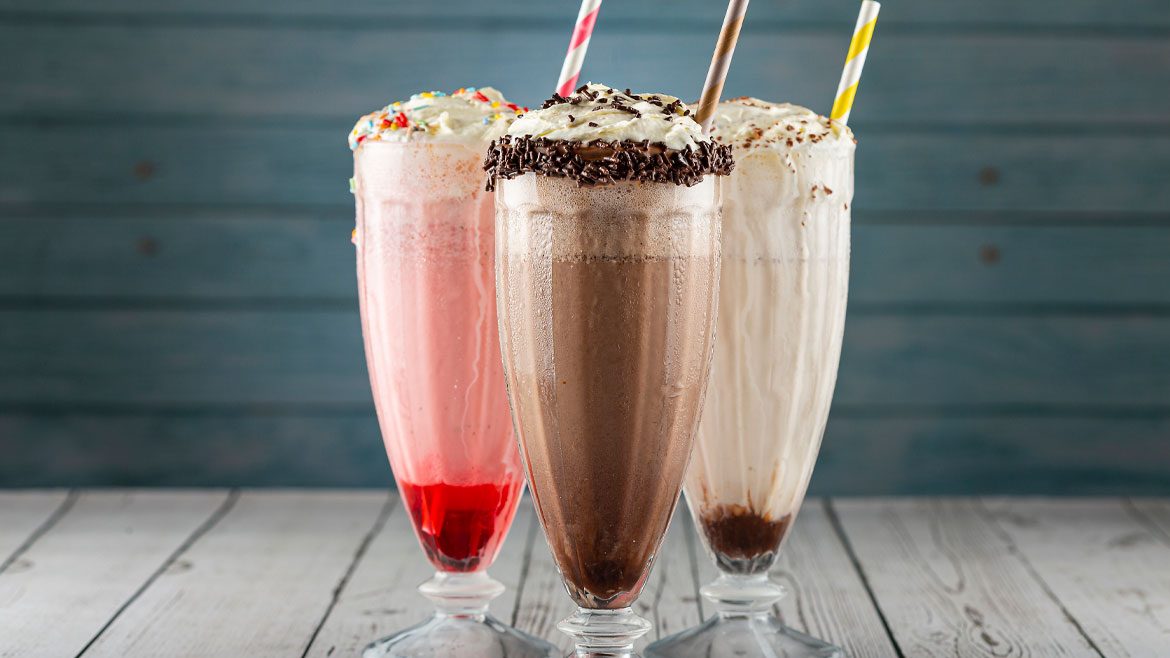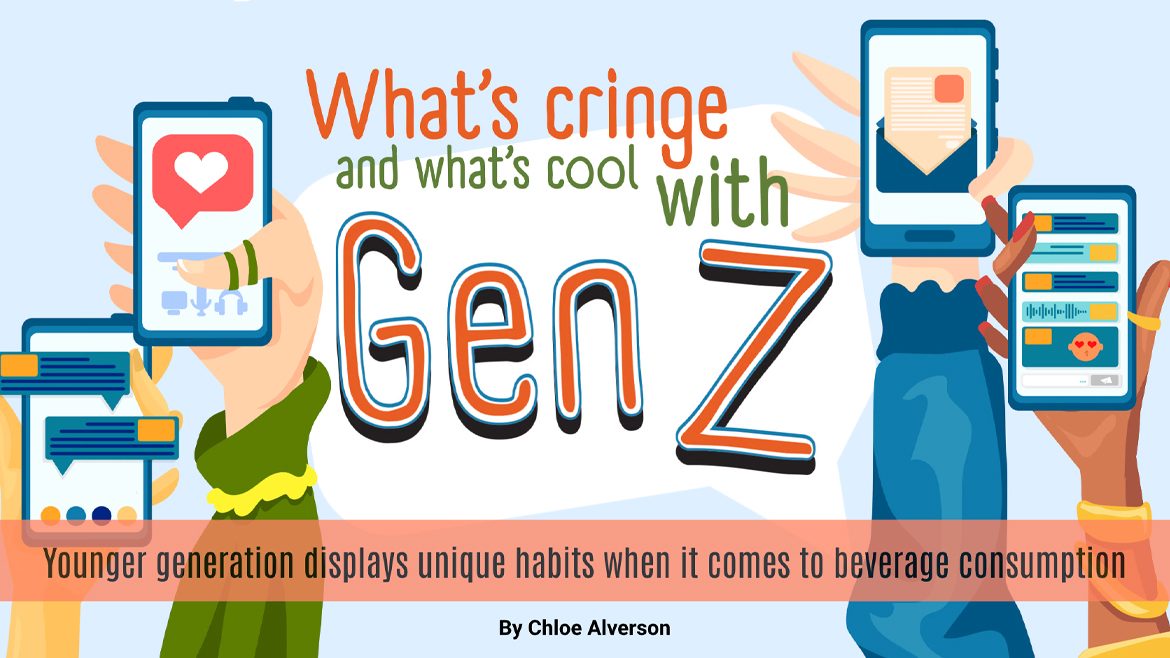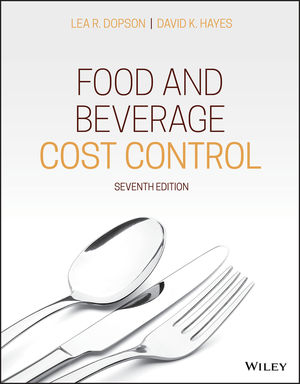Beverage R&D: Don't be alarmed, this is only a test
Before beverages hit the marketplace, a number of comprehensive tests are administered in laboratories to ensure quality and consistencies are in tune with the desires of the company. With the number of testing options available, beverage manufacturing becomes less expensive and more timely. The equipment featured in Beverage Industry’s Lab Testing Showcase includes refractometers and process simulators, and instruments for testing color, turbidity and microbial contamination.
Refractometers
Reichert Analytical Instruments, Depew, N.Y., specializes in equipment that measures and controls the sugar and sweetener (Brix) content in beverages. The company offers refractometers to test the entire process from raw materials to final product.
The equipment most suited for beverage lab testing is Reichert’s r2i300 Digital Compact Lab Refractometer. The r2i300 features multiple reading scales, including Refractive Index (RI), Brix percentage and seven additional user-defined scales, which can be downloaded from the reference CD of popular scales provided by the company’s technical support. The custom scales included high fructose corn syrup, salinity, methanol, honey, urin specific gravity and dextrose. The refractometer measures a range of 1.3330 to 1.5600 RI and 0.0 to 95 percent Brix. The r2i300 combines a wide measurement range with automatic temperature compensations for accuracy and performance, the company says. The automatic temperature compensation eliminates the need for a water bath circulator.
The measurements of the r2i300 are automatic and taken with an internal LSA detector and long-life LED that illuminates samples of 589 nanometers, which can be used to measure dark colored or opaque solution.The r2i300 has available memory to store the last 1,000 measurements, and all of the measurements and calibration logs can be exported to a PC with synchronization software.
Reichert also introduced the r2mini, a hand-held digital refractometer that takes Brix and RI measurements. The r2mini has an IP65 Dustproof/Water resistant rating so it can be used in any environment, the company says.
The r2mini has a 1.3330 to 1.4465 RI range and a 0.0 to 62 percent Brix, with accuracy of 0.0002 RI and 0.2 percent Brix.
Features include a five-digit, full-view screen that displays all measurement data in two seconds, three measurement scales (Brix with automatic temperature correction, refractive index with automatic temperature compensated measurements and refractive index at actual temperature). To change the reading mode, a button on the r2mini is pressed and the results are displayed on the five-digit LCD screen.
Inside the beverages
LaMotte Co., Chestertown, Md., offers a variety of instruments such as the Smart 2 Colorimeter, the i-Lab Hand Held microSpectrometer and the 2020e turbidity meter for beverage testing needs.
The i-Lab Hand Held microSpectrometer weighs 7.4 ounces and can be used to capture and record spectral measurements. The equipment uses microSpectral Sensors’ integrated sensing system technology. The technology has miniaturized the core optical system used by spectometers, which enables i-Lab users to bring the instrument to the sample, LaMotte says.
The features of the i-Lab include a PC software program called i-Lab Spectrum that enables users to extract data from up to 500 samples, as well as a “Live Scan” that shows the specific captured data from the sample imported directly into the i-Lab Spectrum Software. i-Lab also includes disposable Samplettes available in multiple pathlengths, which reduce the risk of cross-contamination. A customized optimal system can be developed for the equipment as well. The i-Lab has a wavelength range of 400 to 700 nanometers and can be used for testing the color of liquid in all beverages, the company says.
LaMotte also offers the Smart2 Colorimeter for complete onsite water analysis. Smart2 Colorimeter features 85 pre-programmed tests and the microprocessor, which selects the wavelength, allows the user to load up to 10 tests. All pre-programmed tests feature automatic wavelength selection.
The Smart2 Colorimeter has a multi-LED optical system embedded in the chamber and also is optimized for LaMotte test reagent systems, the company says. The testing equipment is best used in the beverage industry for color analysis, says Tom Seechuk, market manager for LaMotte Co. Different color schemes are used in the production of beverages so the Smart2 Colorimeter works well on that, he says.
Smart2 Colorimeter is supplied with four sample tubes, an AC adapter and an instruction manual including test procedures.
LaMotte also features Turbidity meters. The 2020e Portable Turbidity Meter recently was redesigned and now combines an advanced microprocessor with a patent-pending optical chamber, which provides higher accuracy and a wider range of results. The multi-detector optical configuration ensures long-term stability and minimizes stray light and color interferences, the company says.
All readings on the 2020e are determined by the process of a signal that averages more than a five-second period. The process decreases the number of fluctuations in readings attributed to large particles and results in rapid, repeatable measurements. 2020e is suited for both drinking water applications as well as monitoring high turbidity in the field.
Features of the 2020e include six user-selected languages (English, Spanish, French, Japanese, Italian and Portuguese), advanced calibration algorithms and the tube positioning ring limits the vial variability. It also incorporates a large LCD display and a 4000 point data log. The results can be viewed directly on the 2020e or downloaded to a computer via RS232 cable.
The 2020e kits are supplied with 0, 1, and 10 NTU standard, stable bottle, four sample tubes and an extra battery. An AC power adapter is optional. The equipment also meets USEPA design criteria.
Process simulation
Raleigh, N.C.-based Microthermics developed steam injection equipment for process simulation. The company’s steam injection equipment features direct steam heating for Ultra High Temperature and High Temperature Short Time processing.
Both the UHT and HTST process systems use MicroThermics main processing systems for preheating and are available with indirect heating as well.
Features of the systems include internal hold tubes, central connection panel and automatic temperature control. Alternate hold tubes, data acquisition systems, in-line homogenization and ultra-clean filling also are available, the company says.
All beverages and other liquid products can be used on the laboratory processor, says David Miles, vice president of Microthermics.
The company also offers its Mini Series, which are small steam heated UHT and HTST processing systems. The systems can operate at flow rates of 300 to 800 ml. per minute. The Mini Series features sanitary product fittings, automatic temperature controls for operations and two internal hold tubes.
The processors also can be used for hot-fill, pasteurization and aseptic processing. The mini production processors are built on a customized basis and the equipment enables clients to do testing on a larger scale than a laboratory, Miles says.
“If you’re working in the laboratory comparing a bunch of different products together, you need a processor that is still modeled after the production process,” Miles says. “The systems allow a fair amount of flexibility, higher throughput and very easy use.”
Miles adds that Microthermic’s Process Simulation equipment saves companies’ time and money in failed product trials.
“When they go to the production plants, they aren’t going with a formula that is unknown, they are going with a formula that they know will actually work at the production plant and give them the product they need.”
Carbon dioxide testing
Zahm & Nagel, Holland, N.Y., has produced its Model D.T. Piercing Device for more than 80 years. The equipment tests carbonated beverages for volumes of carbon dioxide gas in glass and PET bottles and cans. A test can be completed in 15 to 20 seconds, says David Koch, president of Zahm & Nagel.
“It’s pretty easy,” he says. “You … put the bottle or can in the instrument, pierce it and then you shake it up and it will give you two readings: a pressure gauge reading and temperature reading, which can be cross-referenced on a C02 chart.”
Model D.T. Piercing Device is part of the Series 6000 and it is available in 1- and 2-liter sizes. It also provides rapid determination of gas volumes in alcohol and non-alcohol beverages when used to the two pressure/temperature relationship charts furnished with the instrument, the company says.
The equipment is durable, Koch says, and can be carried into the bottling line so it is not restricted to the laboratory. Model D.T. Piercing Device was designed in the 1930s after Prohibition and the current model reflects the original, he says.
Zahm & Nagel also sells carbonating stones and related carbonating equipment, which measures the dispersion of carbon dioxide gas in large tanks. The system consists of a carbonating stone, holder and a connection fitting that is installed inside and near the bottom of the tank, the company says. A C02 gas line is attached to the connection fitting and the gas is then pushed through the carbonating stone and dispensed into the beverage. One 2 inch-by-10 inch stone will carbonate up to 100 barrels of beer within a 24-hour period.
The carbonating stone is available in ceramic (Series 16000) or stainless steel (Series 19000) and the stones are used in major brewers and microbrewers, and smaller microbreweries and brewpubs, respectively.
The connection fittings are available to connect the stone holder to the wall of the tank. The P.N. 16010 stainless steel elbow is a bottom-mounting elbow, used by clamping it in place in the bottom of the tank. P.N. 16010 can be mounted on either ceramic or stainless steel stones. The P.N. 16028 is a side-mounting connection fitting that can be used on both types of stones. It uses an extension holder and triclamp and welds it to the side of the tank.
Another piece of equipment related to the carbonating stones is the Non-Freezing Reducing Valves. The valve is designed with an electrical heating element located under the seat of the valve, which keeps the valve from freezing and does not heat the gas that passes, the company says. The valve is suited for reducing gas pressure from 250 pounds to carbonating pressures.
Looking for a reprint of this article?
From high-res PDFs to custom plaques, order your copy today!





